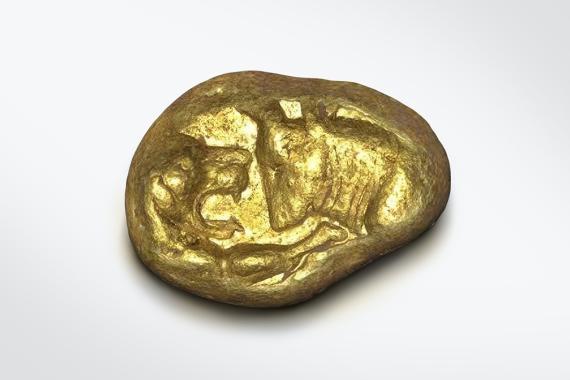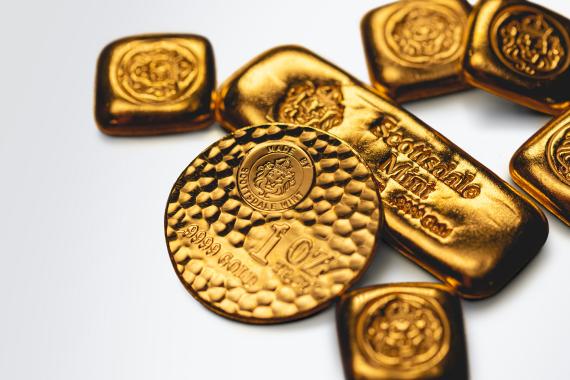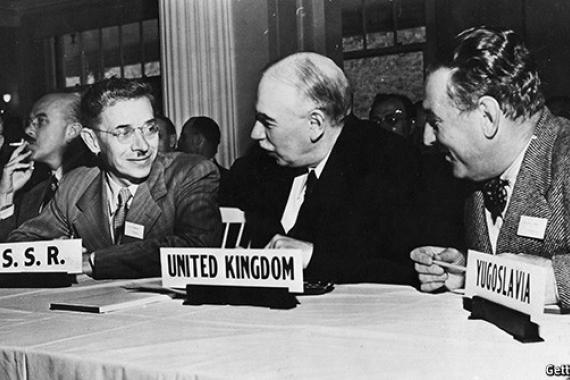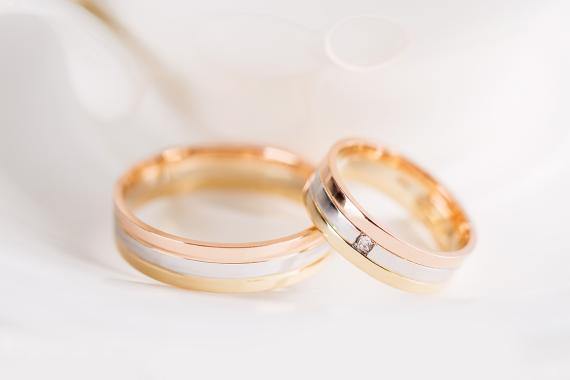Gold’s Role as Money and the Gold Standard
The history of gold is long connected with money, but gold relinquished this role in developed economies after the outbreak of the Second World War. At the end of the war, the Bretton Woods monetary system, a regime of fixed exchange rates, was created. This system broke down in 1971 when the US unilaterally ended its gold standard, which set the convertibility of gold and the dollar to US$35 per ounce.
References to the Gold Standard often refer to two key periods in history: that of the Classical Gold Standard and that of the post Bretton Woods gold-pegged exchange rate system.
The Classical Gold Standard
The Gold Standard was a system under which nearly all countries fixed the value of their currencies in terms of a specified amount of gold, or linked their currency to that of a country which did so. Domestic currencies were freely convertible into gold at the fixed price and there was no restriction on the import or export of gold. Gold coins circulated as domestic currency alongside coins of other metals and notes, with the composition varying by country. As each currency was fixed in terms of gold, exchange rates between participating currencies were also fixed.
The Bretton Woods system
It was clear during the Second World War that a new international system would be needed to replace the Gold Standard after the war ended. The design for it was drawn up at the Bretton Woods Conference in the US in 1944. US political and economic dominance necessitated the dollar being at the centre of the system. After the chaos of the inter-war period there was a desire for stability, with fixed exchange rates seen as essential for trade, but also for more flexibility than the traditional Gold Standard had provided. The system drawn up fixed the dollar to gold at the existing parity of US$35 per ounce, while all other currencies had fixed, but adjustable, exchange rates to the dollar. Unlike the classical Gold Standard, capital controls were permitted to enable governments to stimulate their economies without suffering from financial market penalties.
Gold Jewellery
Throughout history, gold has been treasured for its natural beauty and radiance. For this reason, many cultures have imagined gold to represent the sun.
Yellow gold is still the most popular colour, but today gold is available in a diverse palette.




